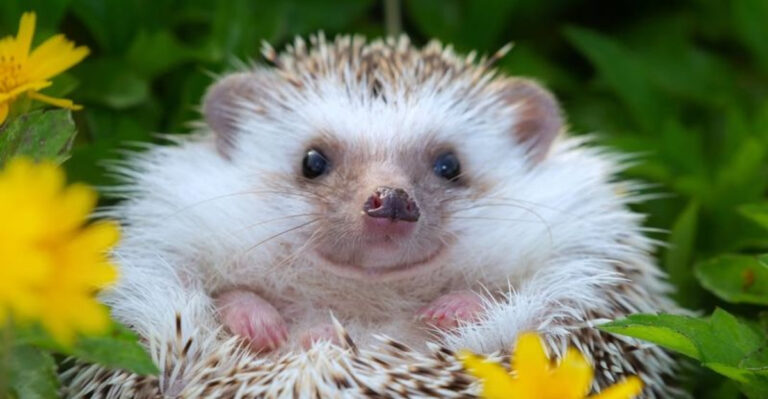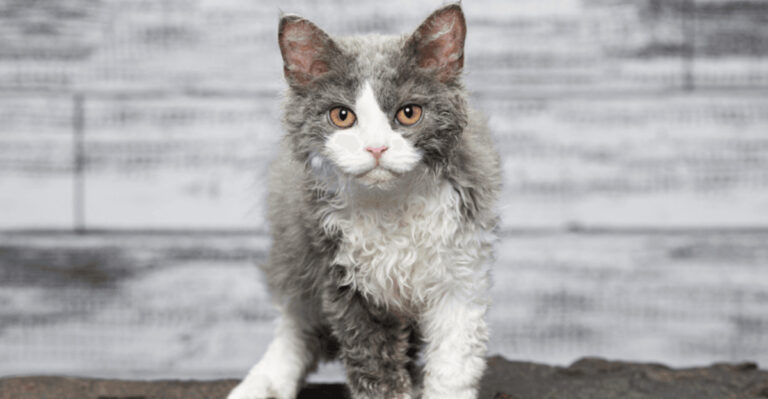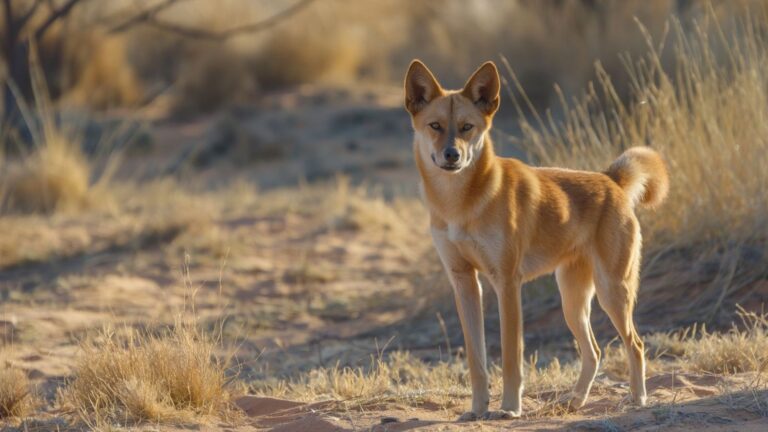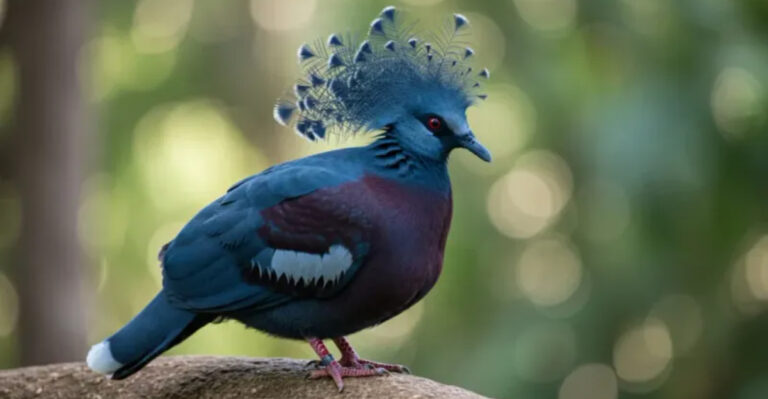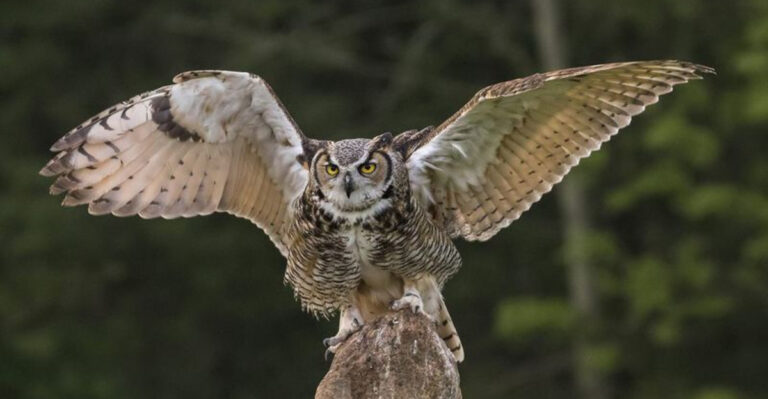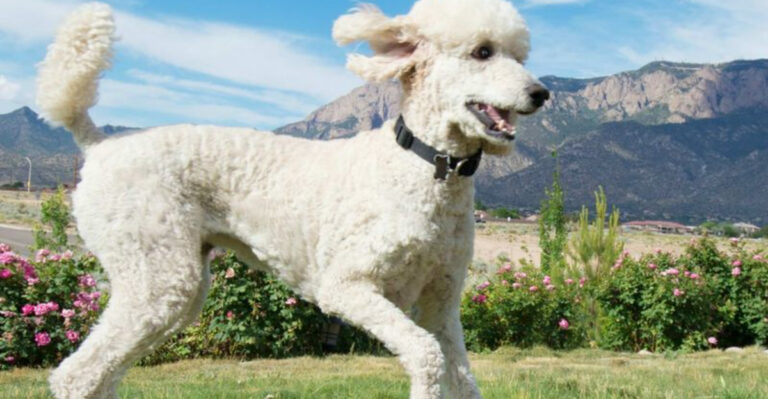15 Tough Reptile Pets Built To Survive Harsh Conditions
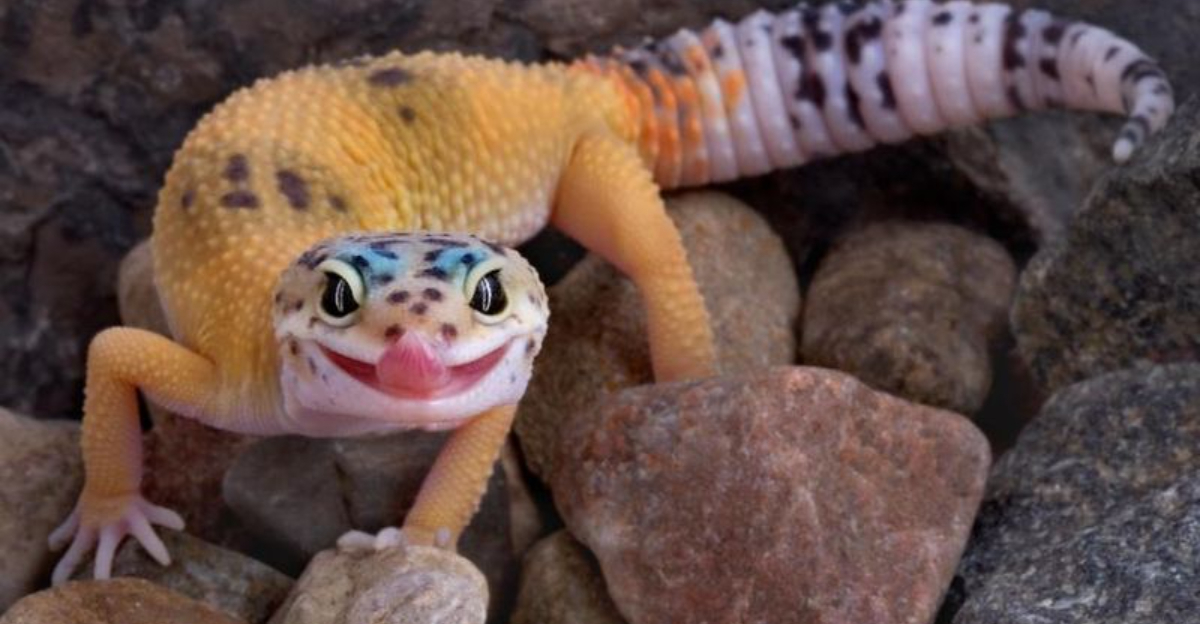
Ever wondered which scaly friends can handle the toughest environments? Some reptiles have evolved amazing adaptations that make them incredibly resilient as pets.
From desert dwellers to species that thrive in extreme temperatures, these hardy creatures bring the wild’s survival skills right into your home terrarium.
1. Sand Swimmers: The Sandfish Skink
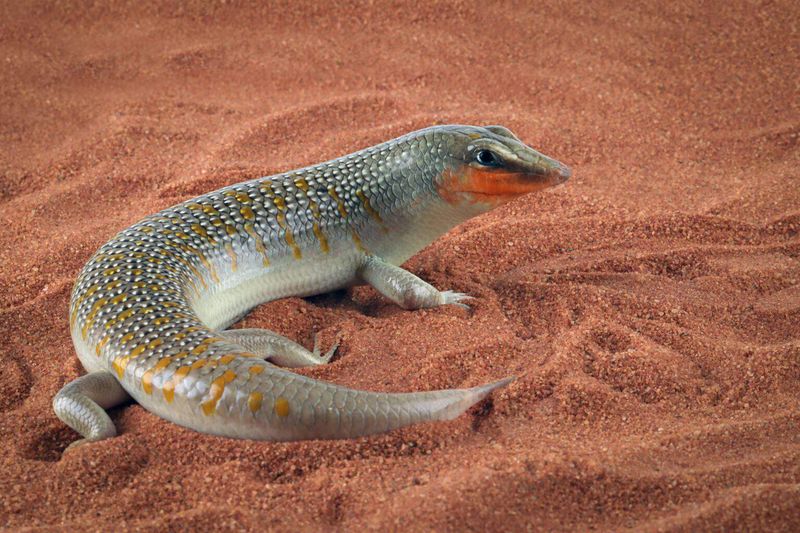
Imagine a lizard that literally swims through sand like it’s water! These mesmerizing desert dwellers dive beneath the surface with a wiggling motion that mimics a fish swimming.
Their streamlined bodies and specialized scales prevent sand from getting in their eyes and lungs. Perfect for desert terrariums, they’re surprisingly low-maintenance compared to other exotic reptiles.
2. Masters Of Thirst: Uromastyx Lizards
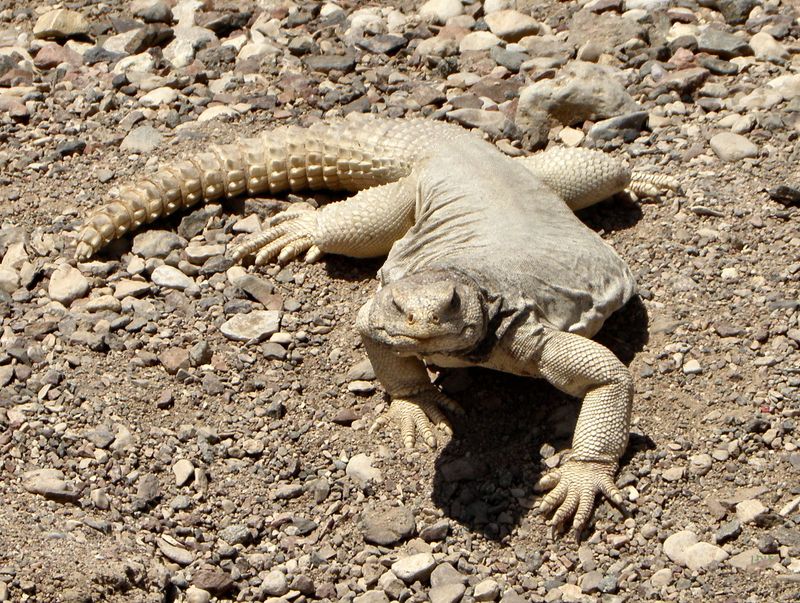
Born in some of Earth’s harshest deserts, these vegetarian tanks can go months without drinking actual water. Instead, they extract moisture from the plants they munch on – nature’s perfect water conservation system!
With their spiky tails and dinosaur-like appearance, they’re living proof that evolution crafts incredible survivors. Their basking temperature preferences would make most humans faint!
3. Armored Survivors: Bearded Dragons
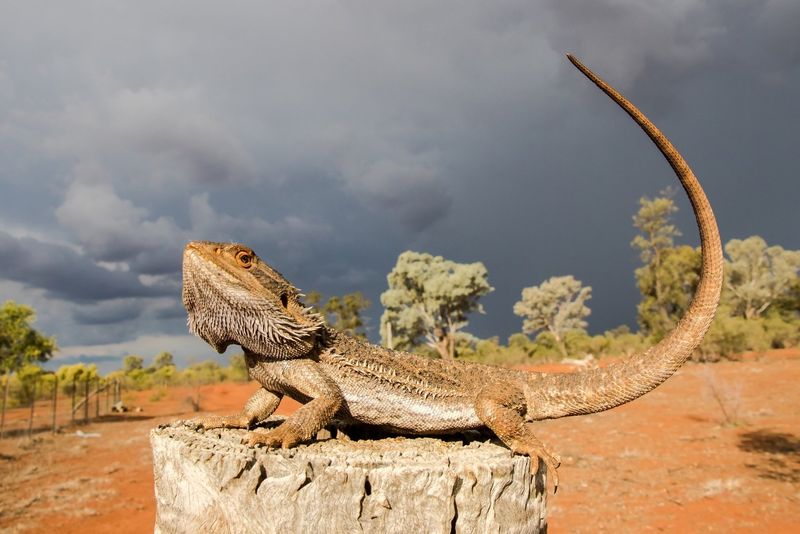
Sporting spiky scales that would make medieval knights jealous, these Australian natives laugh in the face of harsh outback conditions. Their bodies are miniature solar panels, efficiently absorbing and regulating heat.
What makes them truly remarkable is their ability to change color based on temperature needs. When resources get scarce, they can slow their metabolism dramatically, like living on power-saving mode.
4. Desert Marathon Champions: Leopard Geckos
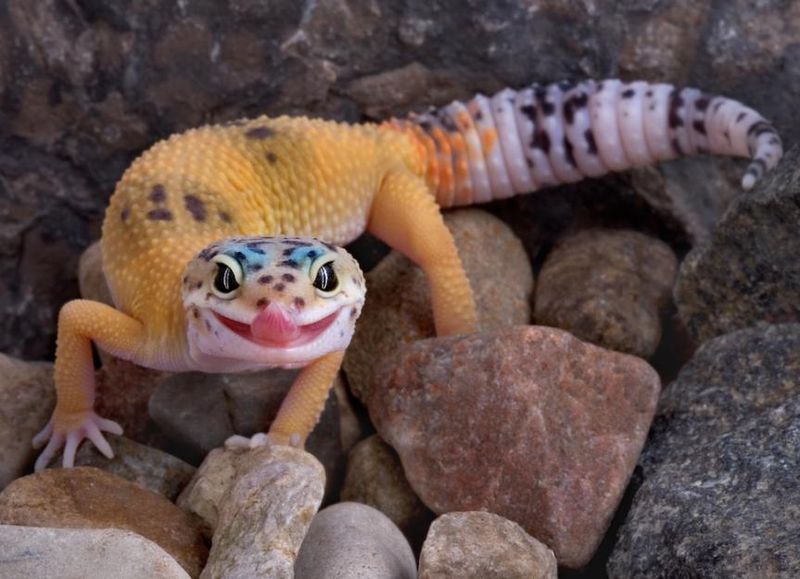
Fat-tailed wonder-lizards that store water and nutrients like living canteens! These Pakistani desert natives have evolved to survive months of food scarcity by storing reserves in their chunky tails.
Their specialized skin prevents water loss in arid environments. Unlike many reptiles, they lack sticky toe pads, instead sporting tiny claw-like structures perfect for digging through their native rocky terrain.
5. Fog-Harvesting Wizards: Veiled Chameleons
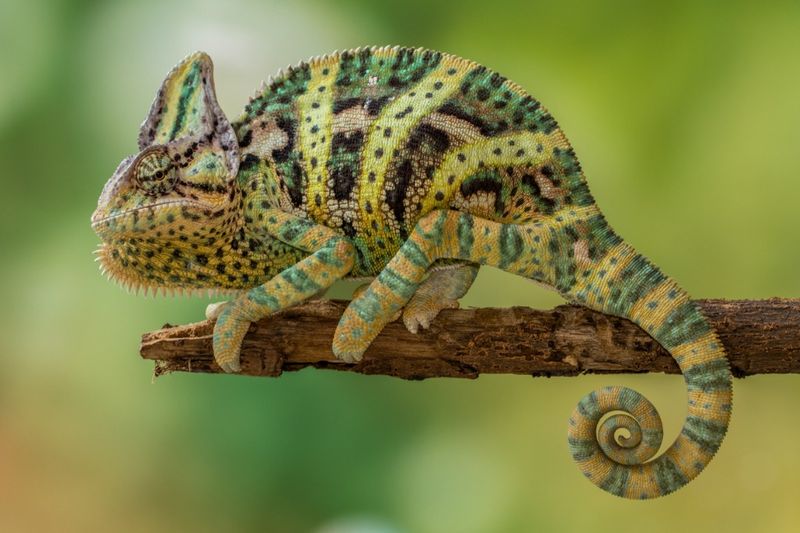
Morning dew offers a vital source of hydration for Yemeni mountain dwellers, who rely on this scarce moisture. Uniquely shaped heads act as natural rain catchers, directing precious drops straight to their mouths.
Color-changing skills serve a practical purpose, helping regulate body temperature in shifting mountain climates. Independently rotating eyes provide a survival edge, allowing them to spot both predators and prey at the same time.
6. Venomous Desert Royalty: Egyptian Uromastyx
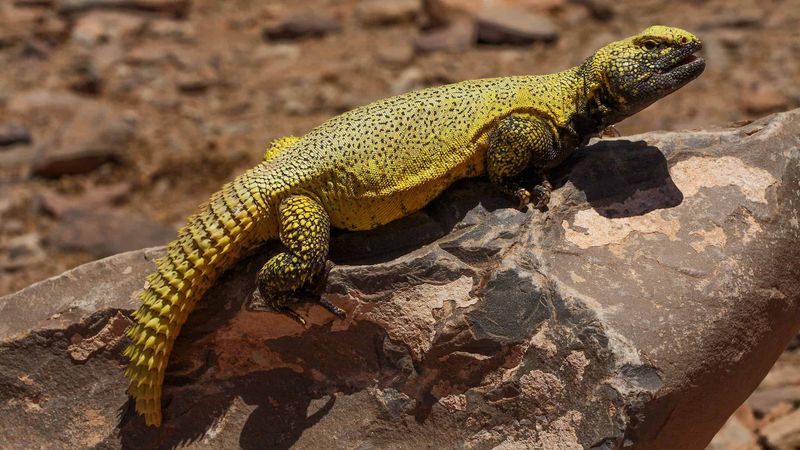
Rocking a spiked tail that could be straight out of Game of Thrones, these living tanks endure 120°F desert temperatures without breaking a sweat! Their specialized digestive systems extract every possible drop of moisture from their plant-based diet.
Ancient Egyptians considered them sacred for their resilience. Their ability to seal themselves inside rock crevices during sandstorms showcases survival engineering at its finest.
7. Night Survival Specialists: Crested Geckos
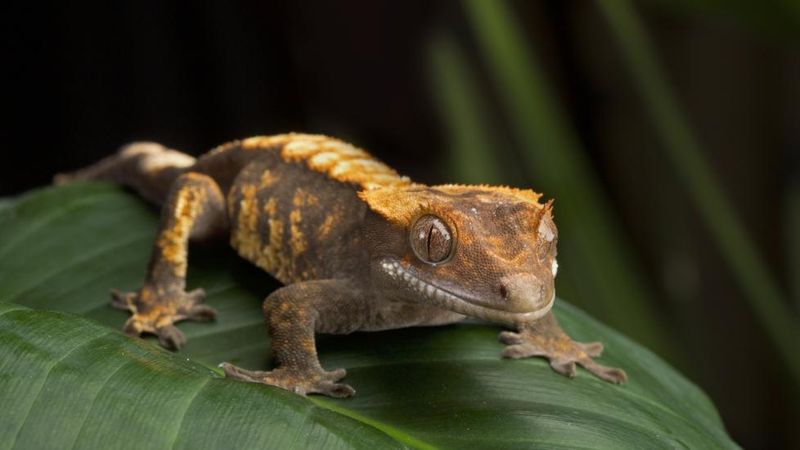
Thought extinct until 1994, these nocturnal ninjas survived massive habitat destruction in New Caledonia through pure adaptability! Their sticky foot pads let them scale virtually any surface – glass, plastic, or rock – without breaking a sweat.
Unlike desert reptiles, they’ve mastered humidity survival, extracting moisture from the air through specialized skin. Their tail-dropping defense mechanism is the ultimate “leave part of me behind” survival strategy.
8. Temperature-Defying Marvels: Russian Tortoises
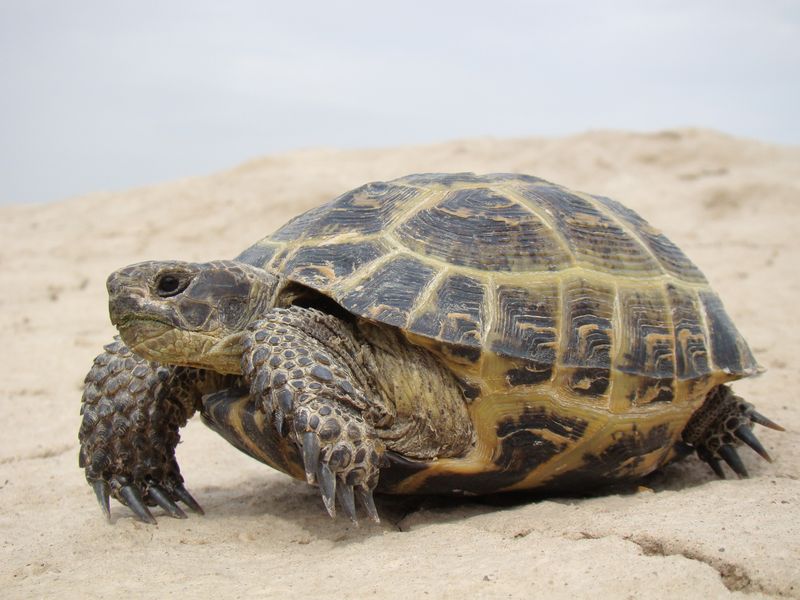
Hardy shell-dwellers like these can withstand extreme conditions, whether frozen or baked by the sun. Enduring the harsh Eurasian steppes means facing temperatures that plummet below freezing or soar to scorching highs.
Metabolism slows dramatically during severe weather, allowing them to conserve energy. Some have even been known to survive being frozen solid, later thawing and walking away unscathed – nature’s own cryogenics experts.
9. Drought-Defying Diggers: Blue-Tongued Skinks
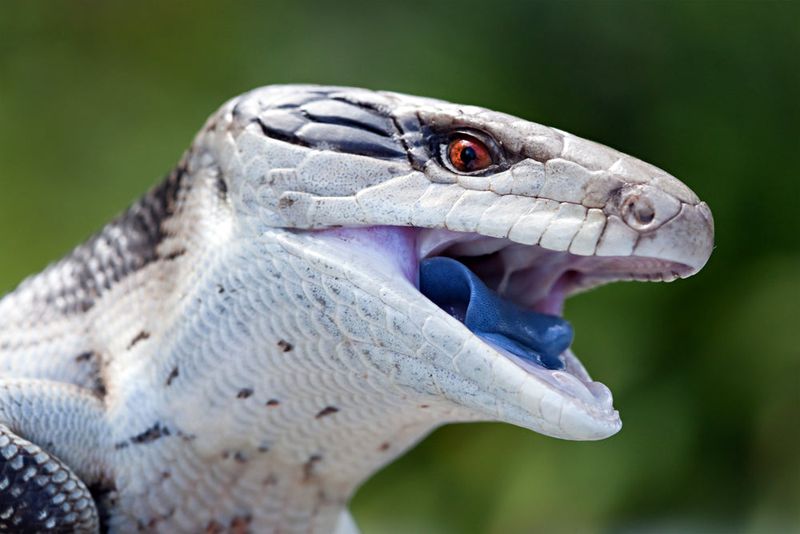
Flash a bright blue tongue and suddenly predators think twice! These Australian bulldozers can burrow underground when the heat gets unbearable, creating their own climate-controlled apartments.
Their stocky bodies store water remarkably efficiently. During extreme drought, they enter a semi-hibernation state, reducing their metabolism to barely-ticking-over levels while waiting for better conditions – nature’s ultimate power-saving mode.
10. Desert Sailing Champions: Frilled Dragons
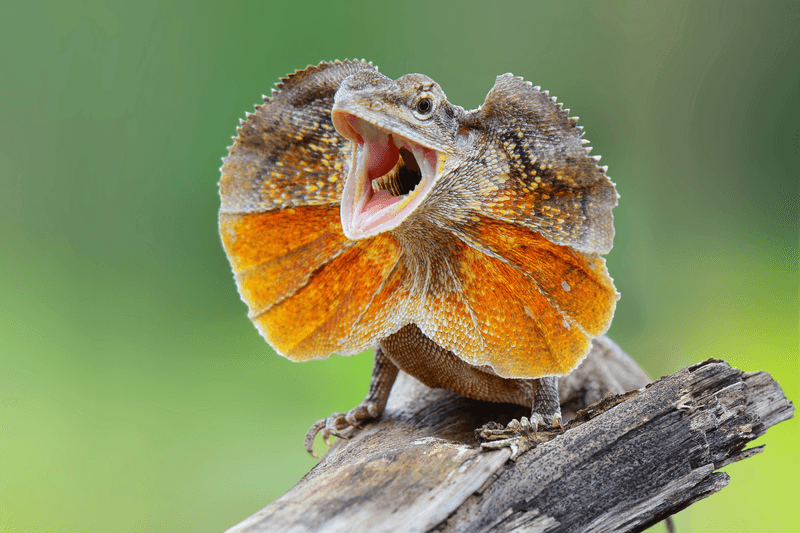
When the Australian outback heats up to egg-frying temperatures, these lizards literally run on two legs like miniature dinosaurs! Their signature neck frill isn’t just for show – it helps regulate body temperature in extreme heat.
Masters of intimidation, they’ve evolved to look far more dangerous than they actually are. Their ability to switch between four-legged and bipedal movement gives them a survival edge in varied terrain.
11. Subzero Survivors: Garter Snakes
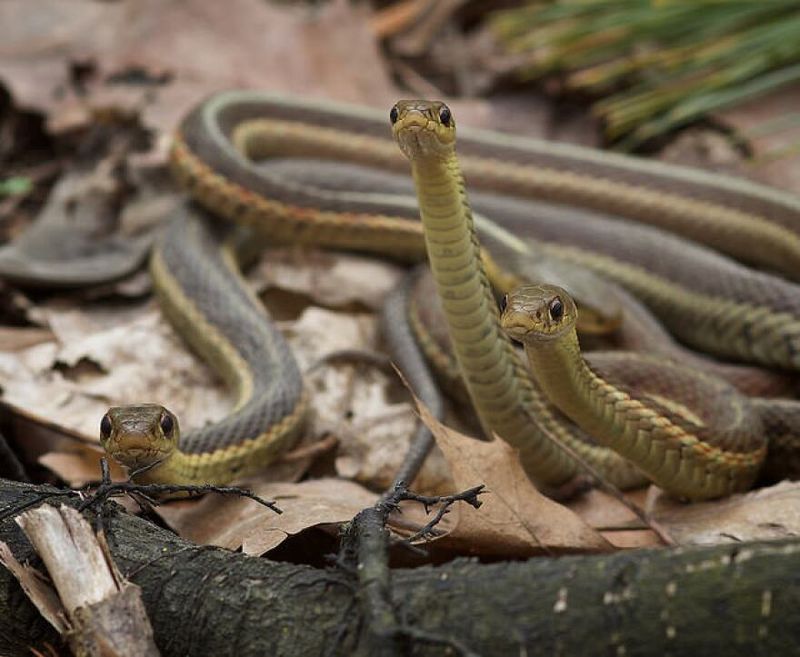
Cold enough to freeze your fingers off? No problem for these slithering marvels! Unlike most reptiles, certain garter snake species can survive their body temperature dropping to near freezing.
They produce a natural antifreeze compound in their blood – similar to what we put in cars! During brutal winters, they gather by the hundreds in underground dens, creating reptile heat islands through collective body warmth.
12. Moisture-Harvesting Experts: Green Anoles
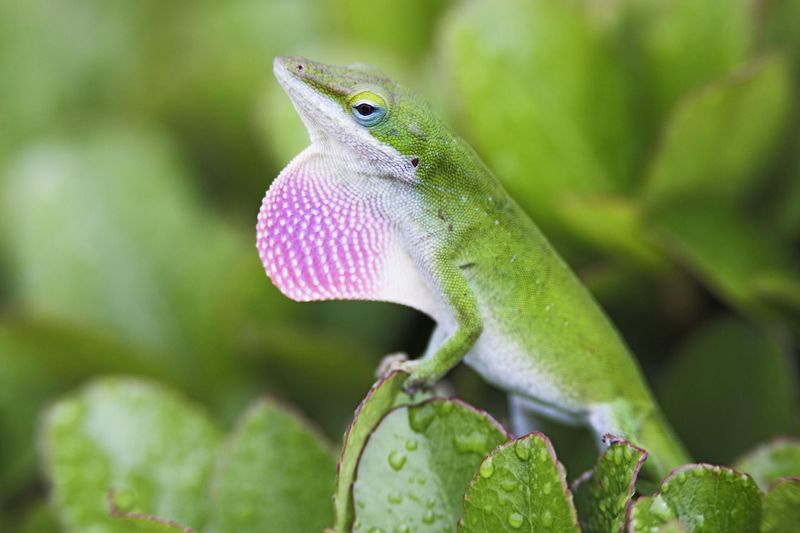
Weeks without rain pose no problem for these tiny green creatures, which effortlessly absorb moisture through their skin. Specialized scales form microscopic channels, guiding even the faintest humidity to the right spots.
Bright emerald hues shift to brown depending on temperature, stress, or moisture levels, making them nature’s living mood rings. Climbing vertical surfaces is second nature, thanks to incredible toe pads that even conquer smooth glass.
13. Hibernation Champions: Box Turtles
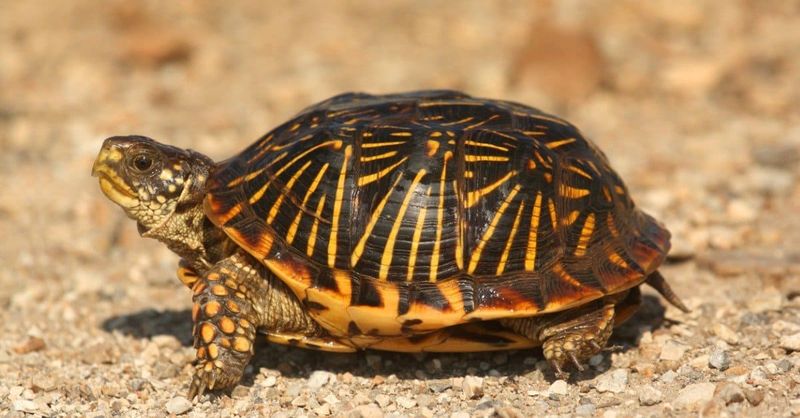
Surviving buried under frozen ground for months sounds impossible, yet these shell-bearing survival specialists do it routinely! Their specialized metabolism can slow to a crawl, requiring minimal oxygen during winter dormancy.
Their hinged shells create an impenetrable fortress against predators and harsh elements. Some specimens have lived over 100 years in the wild, weathering countless extreme seasons through remarkable physiological adaptations.
14. Salt-Tolerant Wonders: Mangrove Monitors
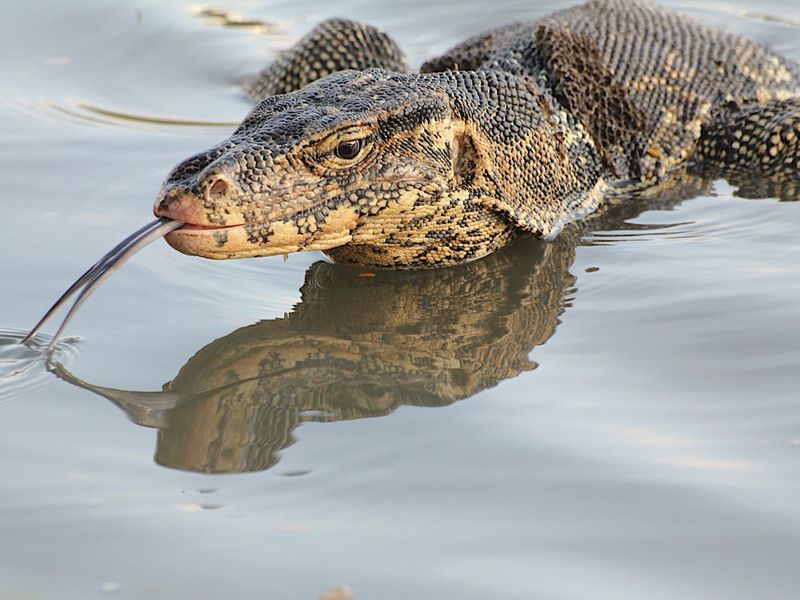
Swimming through saltwater would dehydrate most reptiles, but these specialized monitors laugh in the face of such challenges! Their unique salt-excreting glands remove excess sodium – essentially built-in desalination plants.
Remarkably agile in both trees and water, they’ve mastered multiple environments. Their powerful tails function as both swimming rudders and defensive whips, while specialized nostrils close underwater like living snorkels.
15. Oxygen-Optimizing Miracles: Red-Eared Sliders
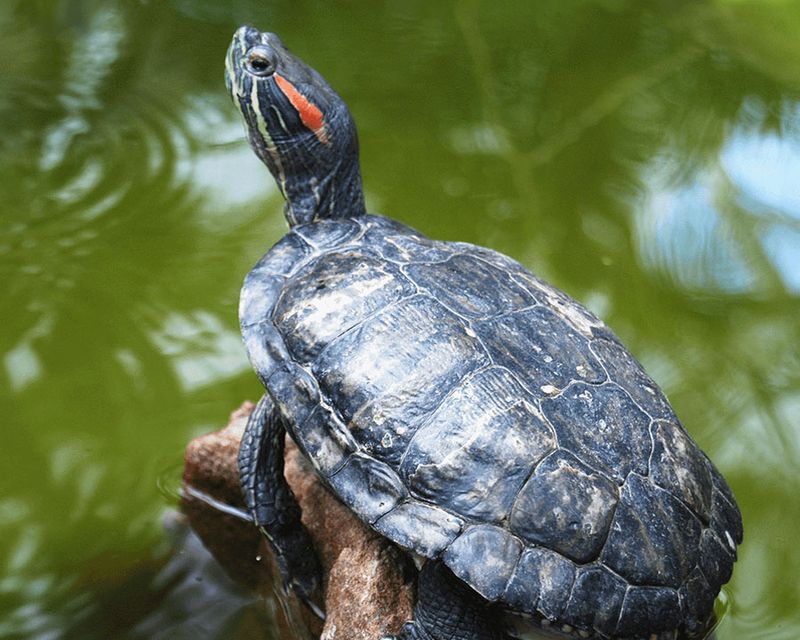
Breathe through your butt? That’s everyday life for these aquatic champions! During winter hibernation underwater, they absorb oxygen through specialized blood vessels in their cloaca – essentially posterior respiration.
Their shell design combines protection with hydrodynamic efficiency. Even in oxygen-poor, frozen-over ponds, they can extract enough dissolved oxygen to survive for months – a biological feat that still amazes scientists studying survival adaptations.

